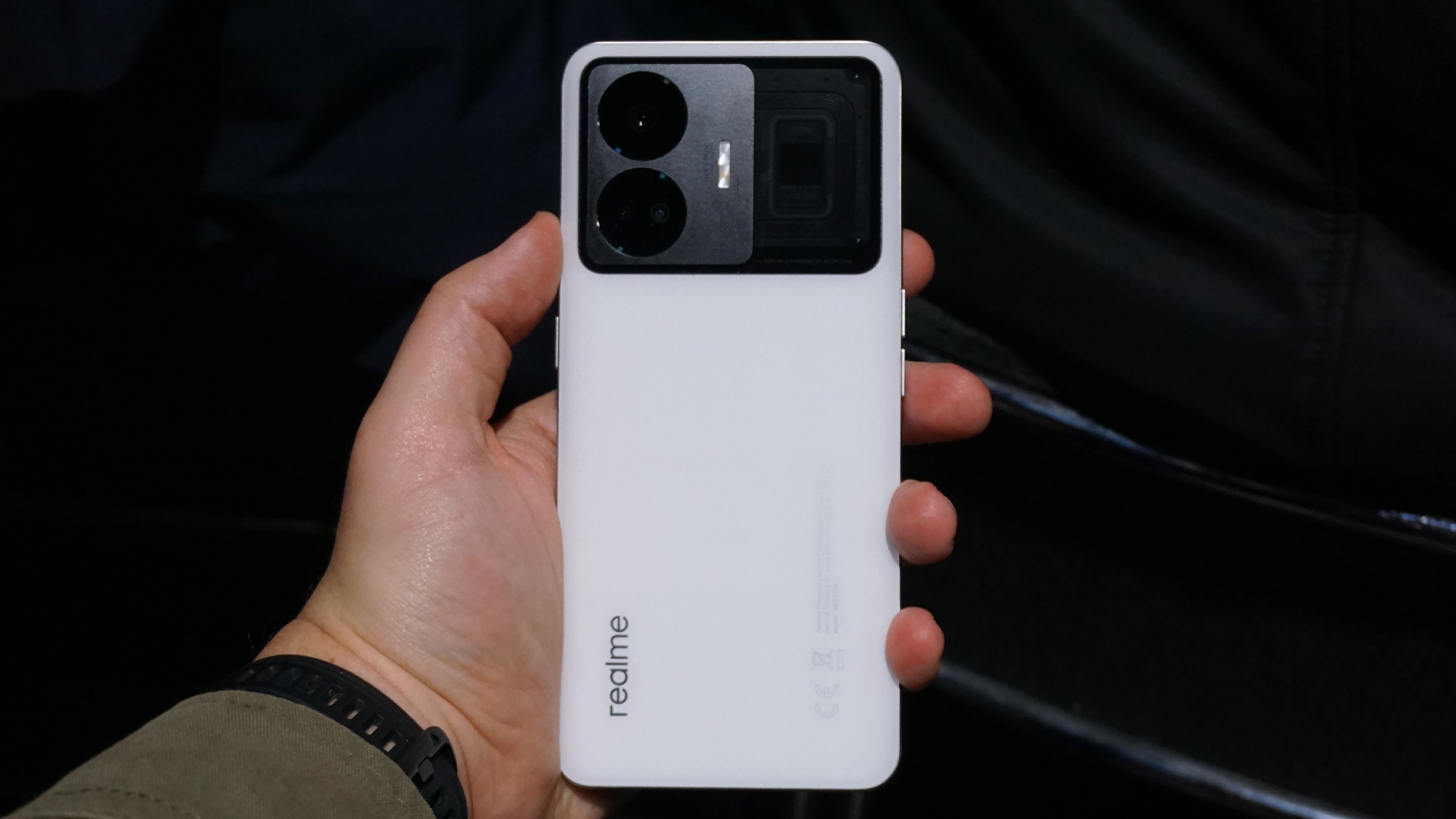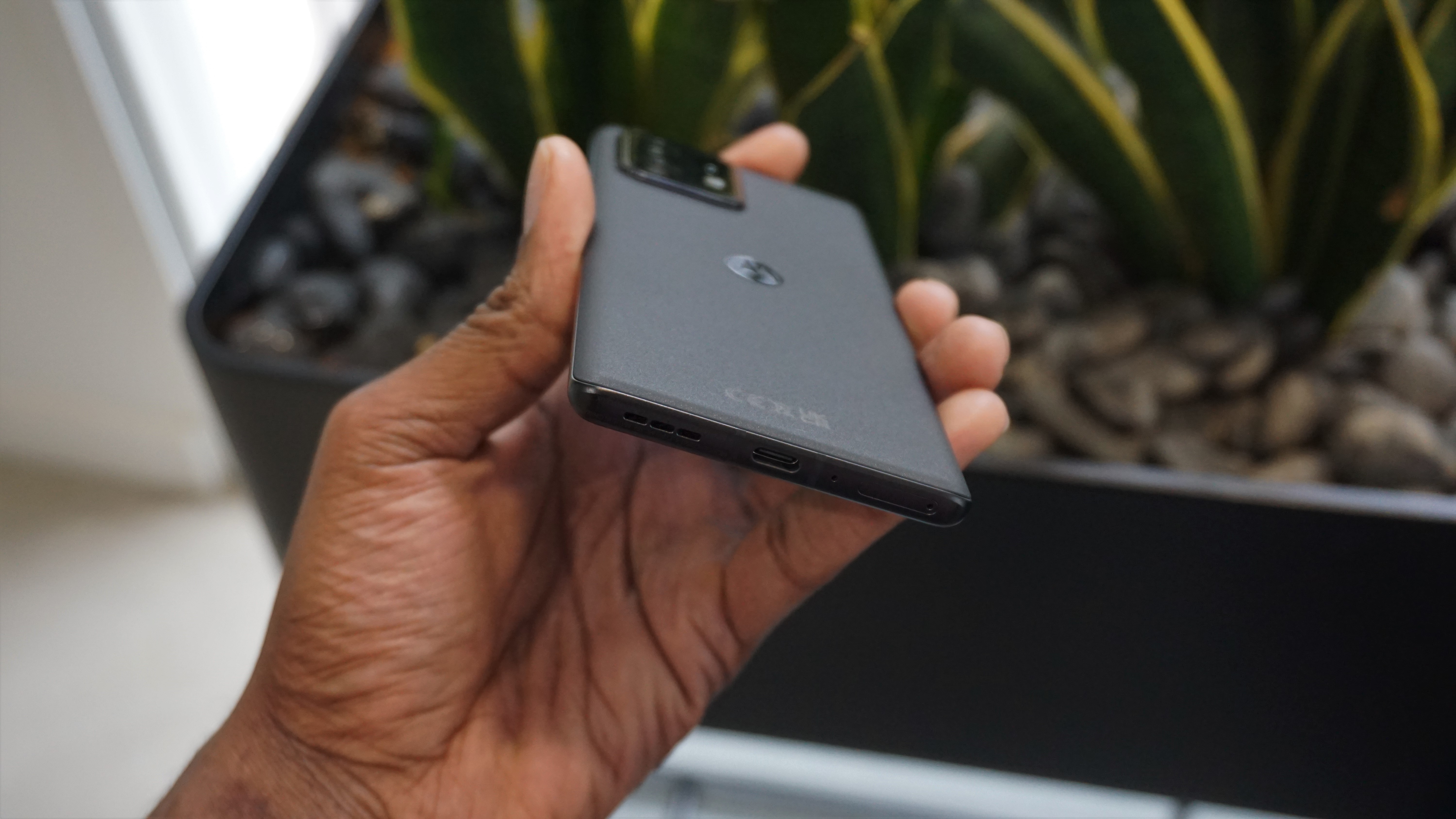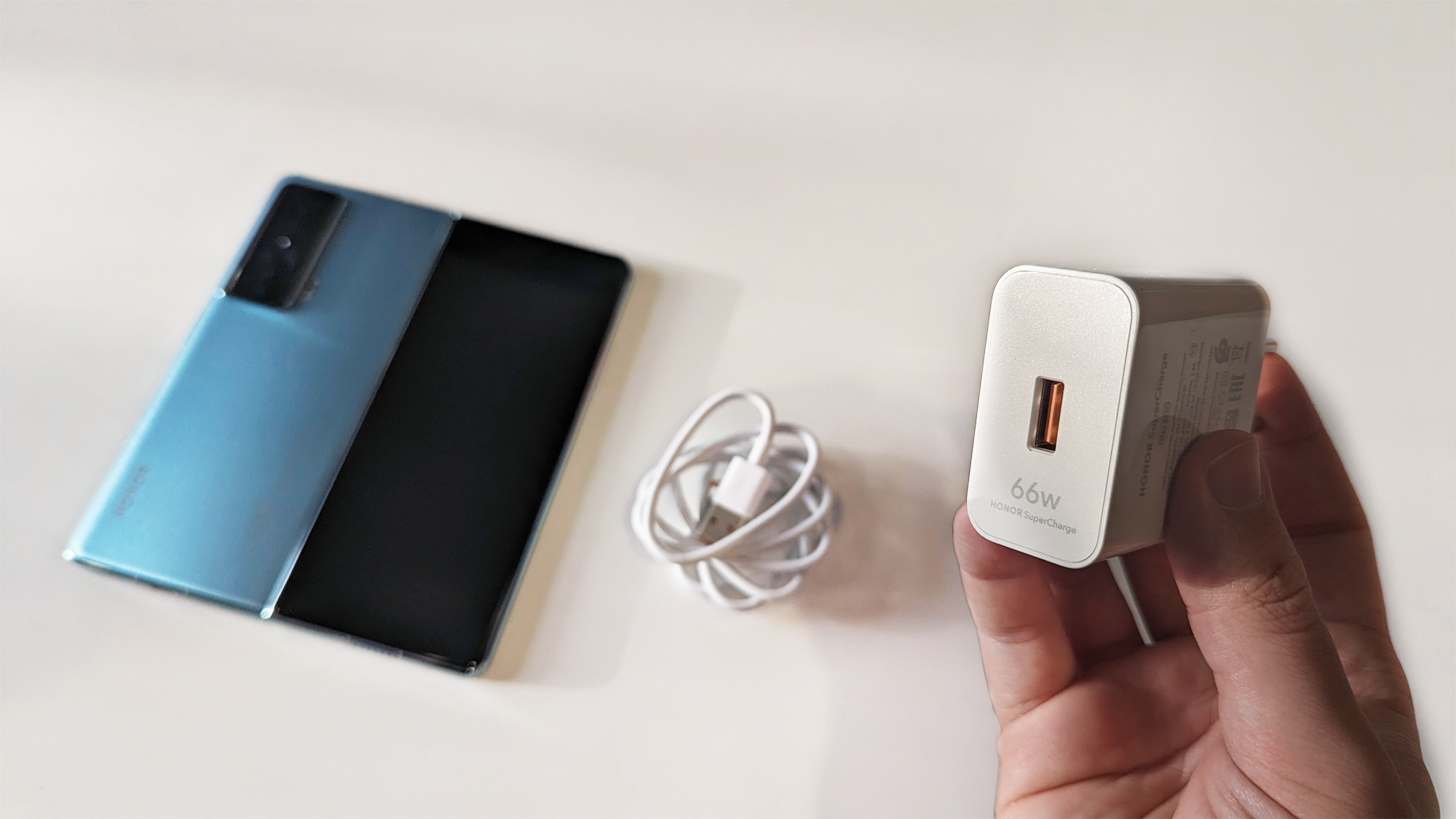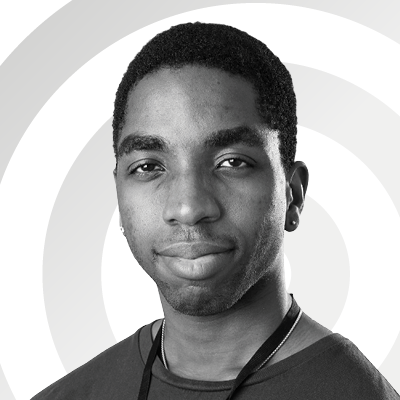I tried ultra-fast charging, and it's ruined the iPhone and Samsung Galaxy for me
Sometimes, bigger numbers are better

The best phones today can do more than ever, with more numbers across a variety of specs and features, promising a better experience than before. There are devices with three, four, and even five cameras. Storage goes up to 1TB, RAM up to 16GB, displays are hitting 120Hz and beyond. While all these features are nice to have though, there’s one numerical trend in particular that I've been watching with great interest – the ever-increasing ceiling of fast charging.
Though rapid charging was once defined as 18W, 22W, or even 30W, many smartphones coming out now claim to be able to charge your phone as much as eight to ten times faster than the median of the numbers given above. It's a feature that's limited to Android phones for the moment, and it's one of the few new features I’ve seen in recent years that goes beyond gimmickry to be truly useful.
Death to battery anxiety

Some of the best Android phones I've used this year have been competing for the title of the 'fastest-charging phone'. Whether it's the Realme GT 3 – which made waves for its astounding 240W speeds, the Vivo X90 Pro or the Motorola Edge 40 Pro, Android brands are in a race to the bottom – in the best way possible – by reducing the time it takes you to refill your phone.
Battery anxiety has always been one of the most irritating, yet inevitable parts of smartphone ownership. As your phone gains functionality, its power demands rise; just as a bodybuilder requires more and more food to maintain their mass. Those bright, speedy displays, increasingly capable cameras, AI features, and more all need additional power to work. Using larger and larger batteries also means that your phone needs to spend more time on the charger, even with newer hardware allowing for greater efficiency and thus greater performance-per-watt.
With the more mainstream forms of fast charging, Google's Pixel 7 Pro can take up to two hours to charge its 5,000mAh battery from empty to full, as will the Pixel 6 Pro. The iPhone has a significantly-smaller cell and yet still takes over an hour to reach a full charge. This means that – while your phone can easily be fully charged while you sleep – if you're coming home from work with a low battery and need to quickly head out again, you'll find yourself having to ration your usage to ensure those final milliamps are at your disposal, should a real emergency arise. That challenge is also further complicated with smartphones having become everything from flashlights to bank cards.
Imagine, for example, using one of Google’s aforementioned Pixels (say, the Google Pixel 6) to travel to a different town and having the battery die with your ticket onboard in the middle of the night, because it couldn't quite reach full charge before you left. That would be more than a little discomfiting, and it's a situation fast-charging eliminates because you’re only ever perhaps 30 or even 20 minutes away from a full charge and five minutes from a half charge.
Some positives, some negatives

The rise of ultra-fast charging has also started the reversal of a very annoying trend in smartphones – the removal of chargers in the box. In a trend first popularized by Apple – with other manufacturers following suit – most smartphones now ship in smaller boxes with little more than a SIM tool, paperwork and a cable.
Sign up for breaking news, reviews, opinion, top tech deals, and more.
It makes some sense if you think about it. The (arguably spurious) reason given for the omission of chargers is that you probably already have one or two lying around your home. At the same time, trading in or selling old phones often necessitates buying new phone chargers. Increased charging speeds means that the old charger that was perfectly adequate for your iPhone 11 becomes woefully inadequate when plugged into an iPhone 14. It's six of one, a half dozen of the other, and the practice of not including a charger in the box has even been ruled illegal by some countries.
This trend has been reversed by phone brands who slip in their new-fangled and super-speedy chargers in the box (and these brands often add in cases and other little extras too). We'd wager the majority of people do not have a 120W or 240W charger in their home already, hence the necessity.

At the same time, those chargers in the box have a hidden downside. It means that to reach the peak charging speeds advertised, you'll certainly need them. They also aren't interoperable between (some) brands. So Xiaomi's 120W adapter will work with Redmi phones that support such speeds, but won't work with Oppo phone toting 120W charging, however, those will work with Realme's 120W charger, and so on. It's a little confusing, but only if you're jumping between phones as often as I do. If you're careful with your phone charger and have a spare just in case, you'll be fine.
It feels like a small step back at a time when smartphones are getting more unified around charging, but the trade-offs are worth it, in my opinion.

The bottom line
While they may be lagging behind less-celebrated brands when it comes to charging speeds, Apple, Samsung, and Google remain the companies that dominate the smartphone marketplace. Though they offer fast charging, their relative top speeds feel positively pedestrian in comparison to the support wattage you can get from the aforementioned Chinese brands. The Pixel brings up the rear at 23W maximum, while Apple falls in the middle at around 27W speeds. Samsung comes closest with 45W fast charging on the Samsung Galaxy S23 Ultra, but even that pales in comparison to the 80W charging that's now becoming commonplace for most mid to high-end Android-powered smartphones.
Unfortunately, in the majority of consumers' eyes, phones from the likes of Apple, Google and Samsung offer a more complete package overall, even if they charge at less than half the speed of numerous competitors. As such, until these brands embrace significantly faster charging, it'll remain a benefit exclusive to those brave enough to shop amidst other brands.

A UK-based tech journalist for TechRadar, helping keep track and make sense of the fast-paced world of tech with a primary focus on mobile phones, tablets, and wearables.
When not writing on TechRadar, I can often be found reading fiction, writing for fun, or working out.